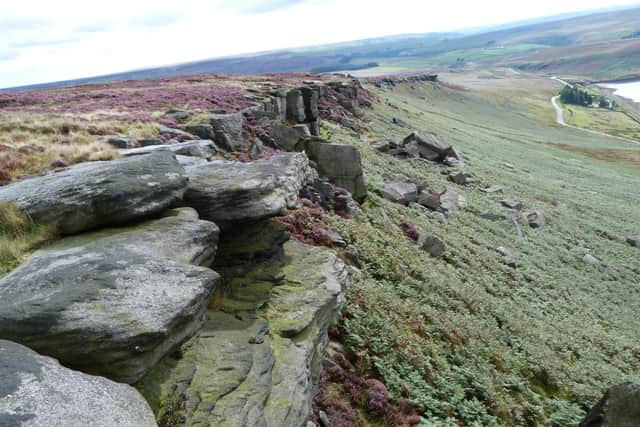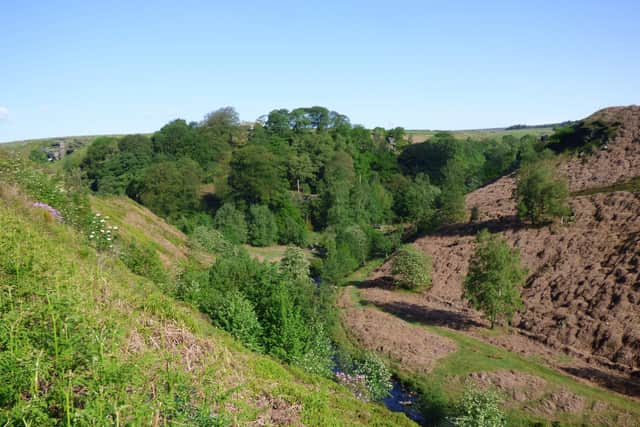Wind power: Turbines bigger than Blackpool Tower 'would dominate Calderdale landscape', campaigners claim
and live on Freeview channel 276
In September, Calderdale Wind Farm Ltd – in conjunction with renewable energy investors WWRE – announced it is exploring options to build a 65-turbine windfarm on more than 2,300 hectares of land at Walshaw Moor, above Hebden Bridge.
But campaign group against the proposals – Save Walshaw Moor - argues the “industrial” development would be environmentally damaging.
Advertisement
Hide AdAdvertisement
Hide AdThe group reports 130 people packing a public meeting at Wadsworth Community Centre to discuss impacts the wind farm might have on the landscape and wildlife of the upper Calder Valley and voice their objections to the scheme.


Walshaw Moor’s siting within the South Pennine Moors Site of Special Scientific Interest has led local conservationists Upper Calderdale Wildlife Network to call it the “jewel in the crown” of Calderdale’s wildlife sites, say campaigners.
The company’s proposals would threaten this, they allege, with turbines potentially up to 200 metres high – 40 metres taller than Blackpool Tower – scattering over nine square miles of ecologically-sensitive moorland.
The turbines would dominate Walshaw Dean, Wadsworth Moor and Widdop Moor, intrude on the renowned National Trust estate of Hardcastle Crags, loom over the “beautiful unspoilt valley” of Crimsworth Dean, be visible from Todmorden landmark Stoodley Pike and rear up on the horizon above Top Withens – the ruined farmstead said to have inspired Emily Bronte’s classic novel Wuthering Heights – campaigners argue.
Advertisement
Hide AdAdvertisement
Hide AdPresentations at the meeting also highlighted potential impact on the moorland habitat and blanket peat bogs.


And it there were comments on potential impact of turbines of this size from Yorkshire Wildlife Trust, Halifax Scientific Society, the RSPB and local walkers.
These included impact on ground-nesting birds including curlews, lapwings and golden plovers.
One of the campaigners said: “We’re not against wind farms but they need to be in the right place if they’re not going to cause more climate and environmental harms than they solve.”
Advertisement
Hide AdAdvertisement
Hide AdAnother said: “This development is a hostile act against the countryside, wildlife and people of the Upper Calder Valley.
“We must fight to stop it.”
Calderdale Wind Farm Ltd say the windfarm could be England’s biggest if it progresses.
It has submitted a scoping report to Calderdale Council to help identify the significant likely affects of the project, which will need to be fully assessed as part of a future planning application.
The 65 turbines would be capable of generating up to 302MW of renewable electricity and establishing a £75 million community benefit fund, the company says.
Advertisement
Hide AdAdvertisement
Hide AdWWRE says it could generate enough renewable energy to power up to 286,491 homes per year, include planting of 300,000 new trees across the Walshaw Moor Estate, include enhanced flood mitigation measures to help reduce the risk of flooding, and stop grouse shooting there.
There is a long, 30-year history of windfarm proposals for moorland above the upper Calder Valley and through the 1990s some projects were controversial and bitterly-fought.
At the time one of the most vocal critics was Hebden Bridge born Sir Bernard Ingham, once press secretary to Prime Minister Margaret Thatcher.